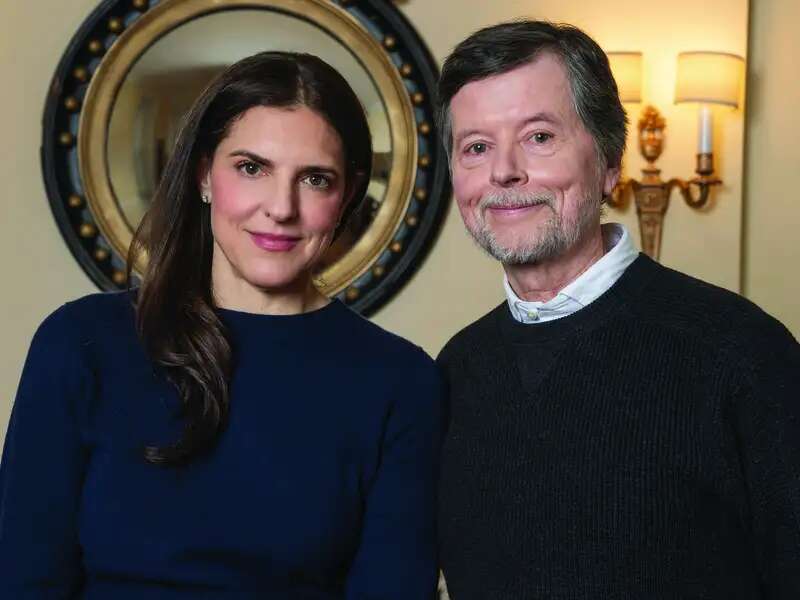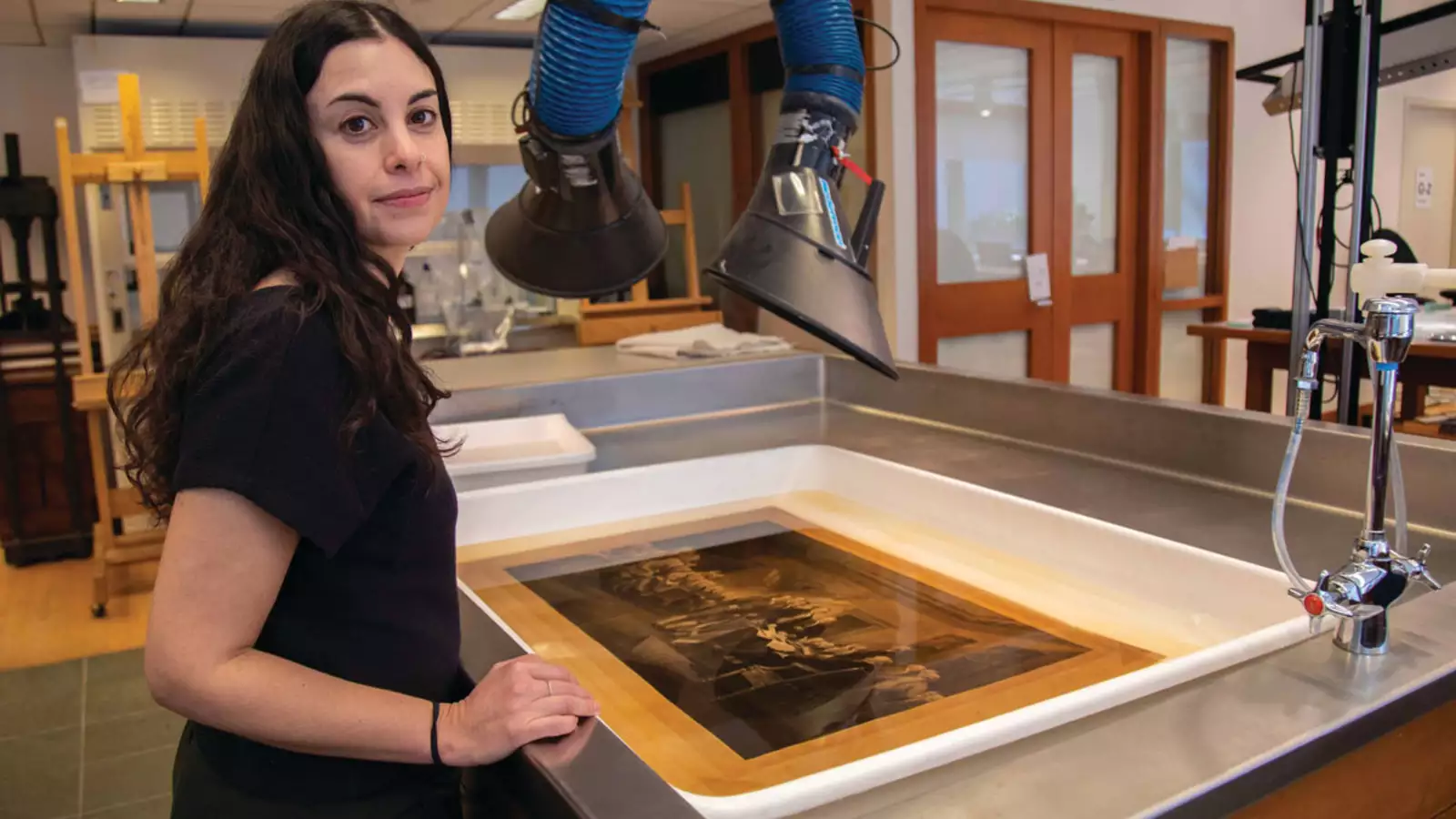
Ahead of Ken Burns’s Latest Docuseries, Co-Director Sarah Botstein '94 Shares her Path, Process.

One morning in early March, Rebecca Capua ‘03, an associate paper conservator at the Met, arrived at the museum’s lab to get started on her latest project: treating an 18th-century engraving that was damaged due to light exposure and poor storage. On this particular day, she is submerging the engraving in water with calcium hydroxide, which helps raise the pH. Her goal is to improve the color and the structural stability of the paper. This project, like so many that cross her desk, gives her the chance to flex her science and art history muscles.
Capua’s entrée into art conservation, however, took place long before she started at the Met. In high school, she worked with a private art restorer who taught her some of the fundamental techniques. By the time she arrived at Barnard in 1999, Capua knew art conservation was her calling. She declared an art history major and took several chemistry courses to fulfill the requirements for graduate school.
But science is only one ingredient. For a career in conservation, a strong grasp of art history is necessary, and Barnard’s art history program provided Capua with this foundation. Especially memorable was a class on connoisseurship led by Maryan Ainsworth, the former Álvaro Saieh Curator of European Paintings at the Met, that was part of a larger series in which students were invited to take classes taught by Met curators at the museum. “It was a really interesting introduction to the museum by way of art history,” she says.During her senior year, Capua secured an internship in the paper conservation lab. She went on to New York University to earn an M.A. in art history and an Advanced Certificate in Conservation before returning to the same department at the Met in 2009. “The opportunity to work on so many different objects from so many cultures and time periods and so many different materials — it can’t be matched anywhere.”
Inside the Paper Conservation Department’s state-of-the-art facility, Capua treats prints and drawings from many different eras and provenances, from Egyptian papyrus and medieval and Islamic world manuscript illuminations to European and American portrait miniatures on ivory. There, she has access to the latest technology and equipment to execute complex technical processes. And chemistry, she says, plays a critical role in tackling a number of issues and irregularities she might come across in her work, including stains, discoloration, wrinkles, flaking paint, and general degradation. If Capua, for instance, needs to remove discoloration from prints and drawings, she has to pay close attention to “how the water affects the chemical structure of the paper, in terms of the fibers and their chemical bonding to each other,” she says.
Although Capua spends only about 15% to 20% of her time in the paper conservation lab, it is undoubtedly her favorite part of the job, allowing her to work across departments on a wide variety of objects. “New things are always being thrown out at you,” she says. In one year, as many as 50 artworks can pass through her hands. Outside of the lab, Capua’s work revolves around the loan and exhibition program, where she evaluates items that come in and out of the Met to determine whether they need treatment and to complete the necessary paperwork. She handles about 200 loans a year, with multiple condition checks as the works move between the lab, the museum’s storeroom for loans, the venue for display, and curatorial storage.
With every project, what remains constant, Capua says, is a solid command of art history and scientific knowledge — something she urges aspiring conservationists to keep in mind. “My advice for Barnard students who are interested in studying art conservation or another field that combines art and science is don’t be afraid of studying both fields even though they seem so different,” she says. “They really can come together in very interesting ways.”